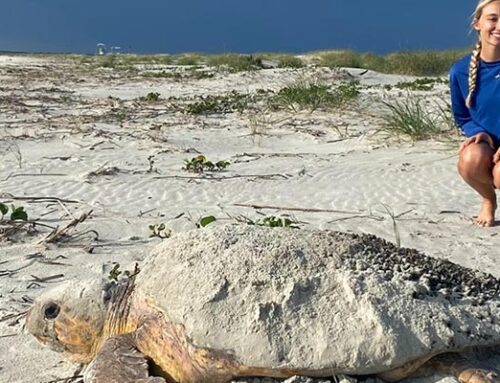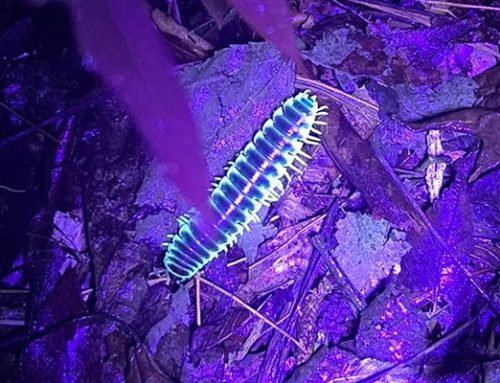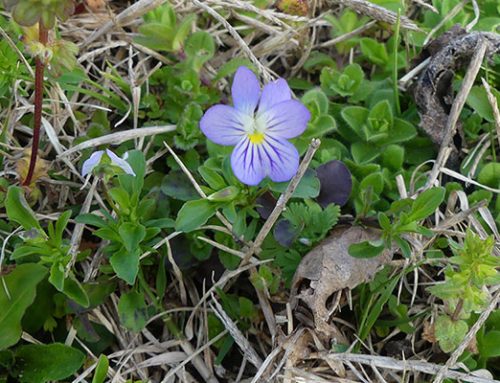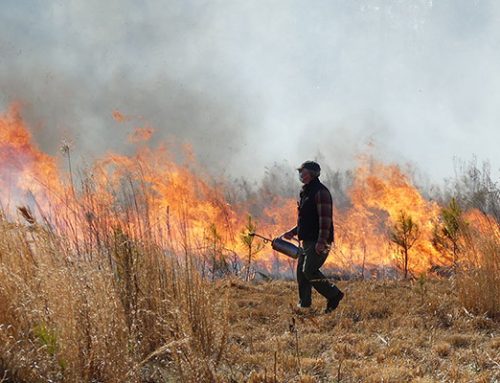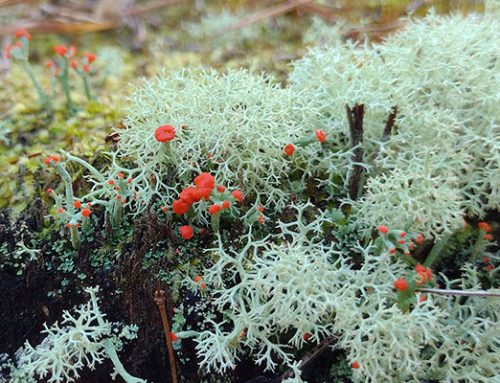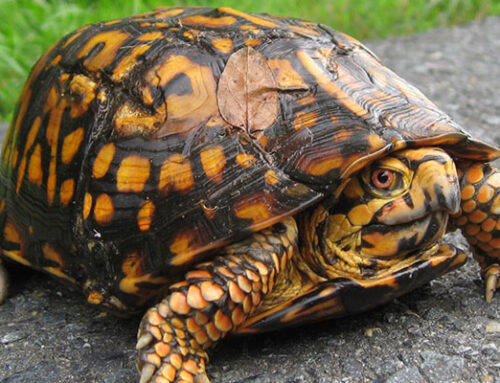A Visit with the North Carolina Botanical Garden Team
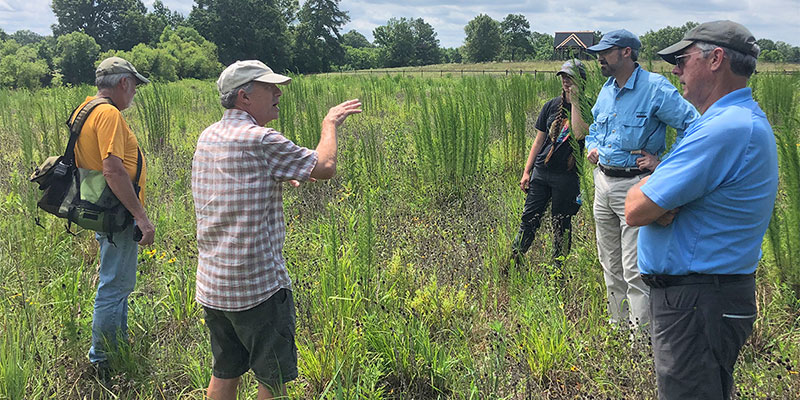
Walking the walk …
There are folks who can talk the talk and those who walk the walk – and we were lucky enough a couple of weeks ago in early July to have the author of the Flora of the Southeastern United States, and his team spend time walking with us. And some walk it was.
Alan Weakley, Director of the Herbarium at the North Carolina Botanical Garden at the University of North Carolina – Chapel Hill and author of “the book”, (the botanical taxonomy bible for the Southeast), Johnny Randall, Director of Conservation at the Botanical Garden, Jerry Long, biology professor at Francis Marion University and Stephen Keith, Director of Development for the NC Botanical Garden joined us for an eye-opening day.
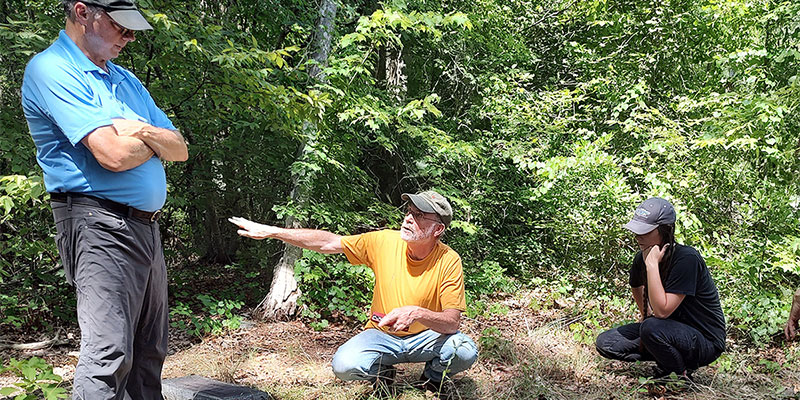
Prior to their visit, while we exchanged emails, we found that while our size is quite different, our objectives are quite similar. We both want to help bring along the next generation of field biologists while educating landowners as to the benefits of restoring the Carolinas to its original biological habitat. And since this team is responsible for maintaining over 1,100 acres of native plant gardens and conservation areas, publishing the 2,022 page Flora of the Southeastern United States guide, hosting a rich calendar of educational events, and overseeing an herbarium that is a central repository for over 800,000 dried plant specimens collected by botanists dating back to the early 1800’s, we figured it would be quite an educational day – and was it ever.
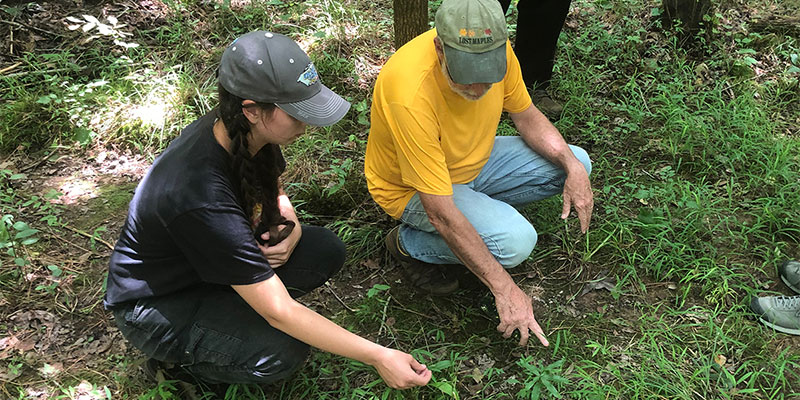
The day was like a Masterclass in botany for our Prairie Keeper, Brianna, who regularly uses the Flora of the Southeastern U.S. to help identify native plants at Southern 8ths.
Our immediate hope was to have some expert guidance on solving some of the daily conundrums of running a large-scale restoration project on private land. Our broader goal was to see if there is a way that our Foundation can help their Botanical Garden with field research, refining processes for restoring native ecosystems, and collaborating with us to share stories so we can all get more people to take a more active role in supporting the natural diversity of our region.
So how did it go? For starters, we learned that we’re all kindred spirits with a shared understanding that it’s time to start living as part of nature rather than convincing ourselves that we’re somehow above it. We also learned that there is a lot more we can do to shift our current wildlife management strategies toward an ecological restoration focus. We can work to understand the processes necessary to start to re-establish and retore the biology that makes the Piedmont so special, and to map out and begin to bring back the natural plant communities that were here long before European settlers arrived and support all the species that depend on them.
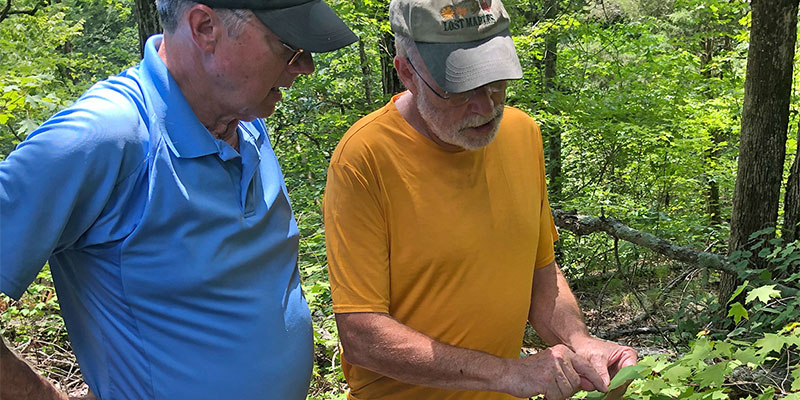
Alan Weakley identifying flora growing in our woodlands.
We discussed a wide range of issues including moving loblolly pine rotations of 50-years instead of the standard 30-years, wildlife impact from plant mix changes, benefits of fire for the good of wildlife and native grasses and forbs and, of course, carbon sequestration viability. The larger issue came down to pines growing as a crop where rich forests and savannas of oak, hickory, and shortleaf pine once stood, why not just replace the plantation pine with those native forest types sooner rather than later?
With over 60 grasslands in various stages of management at Southern 8ths, the NC Botanical Garden team helped us think through how best to prioritize which to focus on to support a diverse mix of native grasses and forbs. We also discussed ways to test different strategies in plots (mowing invasive lespedeza compared to brushing it with herbicide…) and using digital photography, drones, GPS and GIS mapping to track the results.
At the end of the day, it was clear…we did a lot of talking and walking and are looking forward to continuing working with the North Carolina Botanical Gardens to restore this special piece of Carolina Piedmont. By collaborating with them, we think that path is one that other landowners will want to follow with their own special place on Earth.
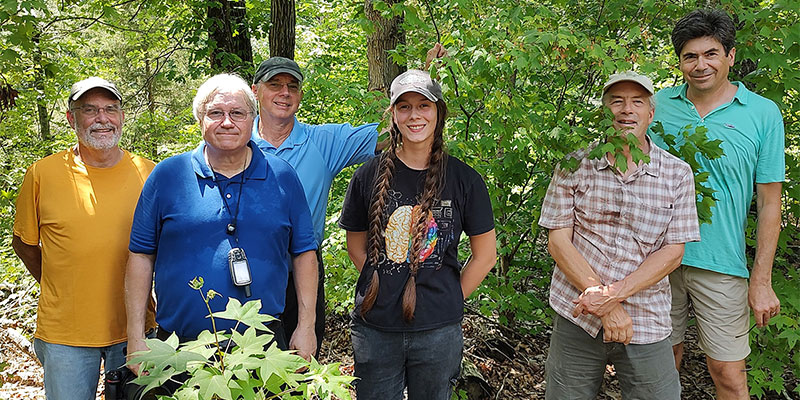
Dr. Alan Weakley, Director of the Herbarium at UNC; Jerry Long, Professor of Biology, Francis Marion University; Brad Turley, Carolina Wildlands Foundation; Brianna Bergamini, Southern 8ths Field Station Prairie Keeper; Johnny Randall, Director of Conservation at UNC Botanical Garden; David Harper, Carolina Wildlands Foundation

